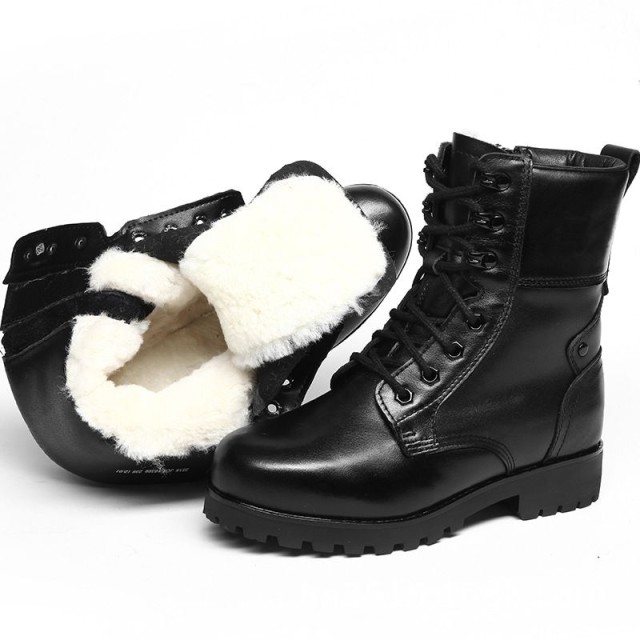Winter demands more than just basic warmth—your snow boots need to match your activities and environment. Whether you're shoveling the driveway or trekking through backcountry snow, the right features make all the difference. Here’s how to align boot specifications with real-world performance.
Choosing Men’s Snow Boots: Beyond Basic Warmth
How Winter Activities Dictate Feature Priorities
Not all snow boots are created equal. Your winter activity determines which features matter most:
- High-output activities (e.g., skiing, snowshoeing): Prioritize lightweight insulation (100g–200g) to prevent overheating while maintaining mobility.
- Urban commuting: Focus on waterproofing (e.g., sealed seams) and slip-resistant soles for icy sidewalks.
- Static outdoor work (e.g., ice fishing): Opt for heavier insulation (400g+) and removable liners for adjustable warmth.
Decoding Technical Specifications for Real-World Use
Terms like "waterproof" and "insulated" can be misleading without context:
- Insulation weight: Measured in grams (g), higher numbers don’t always mean better. For active use, excessive insulation leads to sweat buildup.
- Traction: Look for deep lugs (≥5mm) for soft snow, while rubber compounds with grit additives excel on ice.
Balancing Comfort and Durability in Harsh Conditions
Sizing Myths vs. Science: Avoiding Cold Weather Discomfort
- Myth: "Size up for thick socks." Oversized boots reduce circulation, increasing frostbite risk. Instead, choose a snug fit with room for moisture-wicking socks.
- Pro tip: Test boots with the socks you’ll wear most. Toes should wiggle freely without heel slippage.
Material Breakdowns: From Urban Slush to Backcountry Snow
- Leather: Durable and naturally water-resistant but requires maintenance. Best for mixed urban/wilderness use.
- Synthetics (e.g., nylon): Lightweight and quick-drying, ideal for high-output activities.
- Outsoles: Vibram® or Arctic Grip technologies outperform generic rubber in sub-zero temperatures.
Expert Tips for Long-Term Value and Safety
- Rotate pairs: Let boots dry completely between uses to prevent insulation breakdown.
- Waterproofing refresh: Reapply DWR coatings annually, especially after heavy use.
- Storage: Keep boots in a cool, dry place—heat sources degrade adhesives and materials.
Ready for Winter? Partner with 3515 for Bulk Snow Boot Solutions
Distributors and brands trust 3515’s manufacturing expertise to deliver activity-specific snow boots at scale. From lightweight designs for active users to heavy-duty models for extreme cold, we ensure performance meets demand. [Contact us] to discuss your winter footwear needs.
Key Takeaway: Match insulation, traction, and fit to your winter routine—not just temperature ratings. The right boots turn harsh conditions into manageable adventures.
Related Products
- Durable Mid-Cut Tactical Boots for Wholesale & Private Label
- Wholesale Durable Mid-Cut Tactical Boots for Custom & Private Label Brands
- Durable Leather Work Boots for Wholesale & Custom OEM Manufacturing
- Wholesale Modern Business Shoes with Dial Closure System for Bulk Orders
- Wholesale Comfort Dress Shoes with Dial Closure for Custom Manufacturing
Related Articles
- How Tactical Boots Solve Critical Challenges in Law Enforcement Operations
- How Tactical Boots Solve Real-World Challenges: From Work Sites to Wilderness
- How Tactical Boots Deliver Long-Term Value: A Cost & Performance Breakdown
- How Tactical Boots Achieve All-Day Comfort: Science-Backed Design Secrets
- How Tactical Boots Solve Everyday Challenges: From City Streets to Job Sites



















